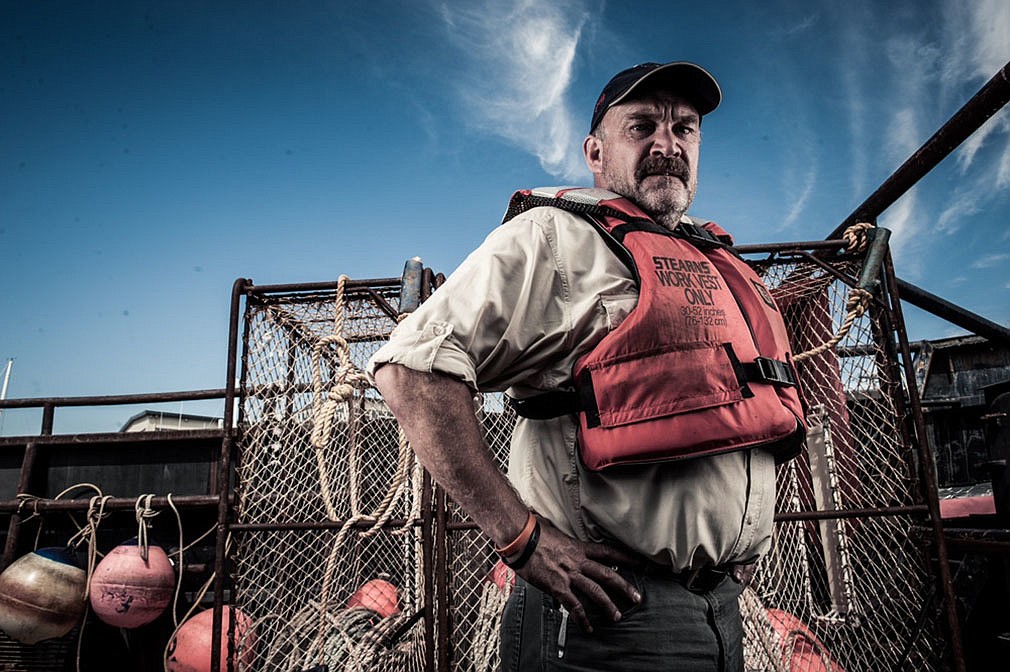- December 18, 2025
-
-
Loading

Loading

There was only one motivational saying on the wall when Keith Colburn played football for North Lake Tahoe High School in the late 1970s and early ‘80s. The phrase: Luck is what happens when preparation meets opportunity, attributed to the Roman philosopher Seneca.
Colburn loves that saying. And it’s served him well in an interesting life, where he’s constantly preparing for the next opportunity in the unique world of king crab fishing off the coast of Alaska in the Bering Sea. One of the stars of the popular reality TV show Deadliest Catch, Colburn, on the show since 2007, was recently in Tampa for a speaking engagement. He was the keynote speaker for Metalcon, a conference for the metal, design and construction industries held at the Tampa Convention Center Oct. 6-8.